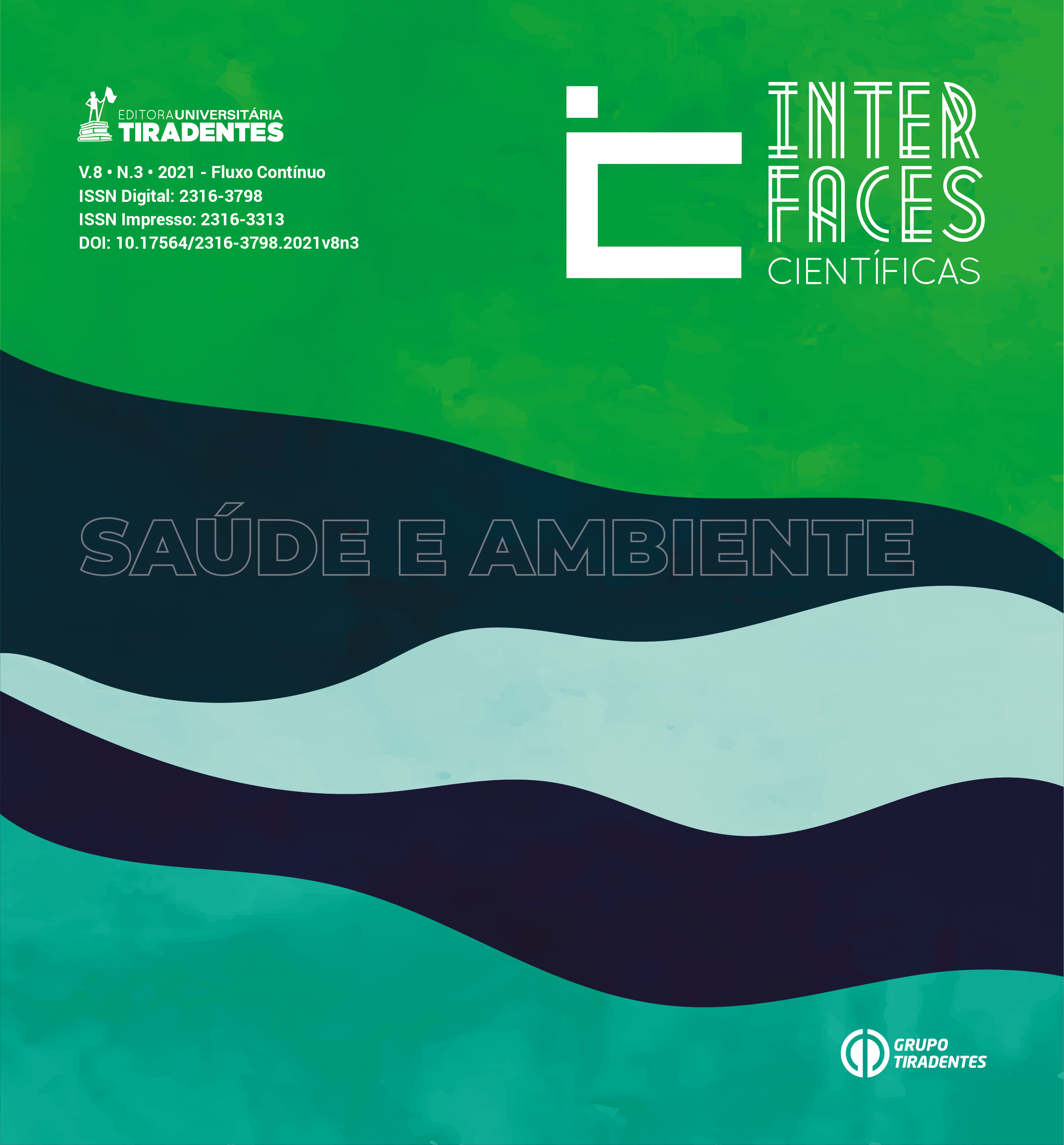TEMPORAL TREND OF MORTALITY BY MELLITUS DIABETES IN THE STATE OF SERGIPE AND ITS HEALTH REGIONS IN THE PERIOD OF 11 YEARS
DOI:
https://doi.org/10.17564/2316-3798.2021v8n3p527-538Published
Downloads
Downloads
Issue
Section
License
Autores que publicam nesta revista concordam com os seguintes termos:
a. Autores mantêm os direitos autorais e concedem à revista o direito de primeira publicação, com o trabalho simultaneamente licenciado sob a Licença Creative Commons Attribution que permite o compartilhamento do trabalho com reconhecimento da autoria e publicação inicial nesta revista.
b. Autores têm permissão e são estimulados a distribuir seu trabalho on-line (ex.: em repositórios institucionais ou na sua página pessoal), já que isso pode gerar aumento o impacto e a citação do trabalho publicado (Veja O Efeito do Acesso Livre).
Abstract
The incidence and mortality rates for Diabetes Mellitus (DM) have shown progressive growth worldwide. The objective was to evaluate the trend of mortality from DM in the state of Sergipe and its health regions, between the years 2008 and 2018. This is an ecological, descriptive and time series study, with secondary data reported on death from DM, obtained through the Mortality Information System database, made available by the Informatics Department of the Unified Health System. The temporal analysis was performed using the Joinpoint Regression Analysis inflection point regression model. Deaths from DM in Sergipe were high, prevailing in females, aged over 60 years, brown and black, and with up to 3 years of schooling. In the temporal analysis, over the 11-year period, the average mortality rate in Sergipe was 1.4% per year. In the health regions, in Aracaju the rate was 3.1% and in Estância it was 2.6% per year, with significant progressive growth (p<0.05). While the health region of Lagarto showed a significant progressive reduction of -1.5% (p<0.05). The other regions showed a neutral trend of deaths from DM. It is concluded that the trend of mortality due to DM in the state of Sergipe is high and growing, and the present study is a useful tool for health professionals to optimize preventive, diagnostic and therapeutic strategies with continuous and permanent actions, in order to reduce the mortality of this chronic disease, however benign.




















